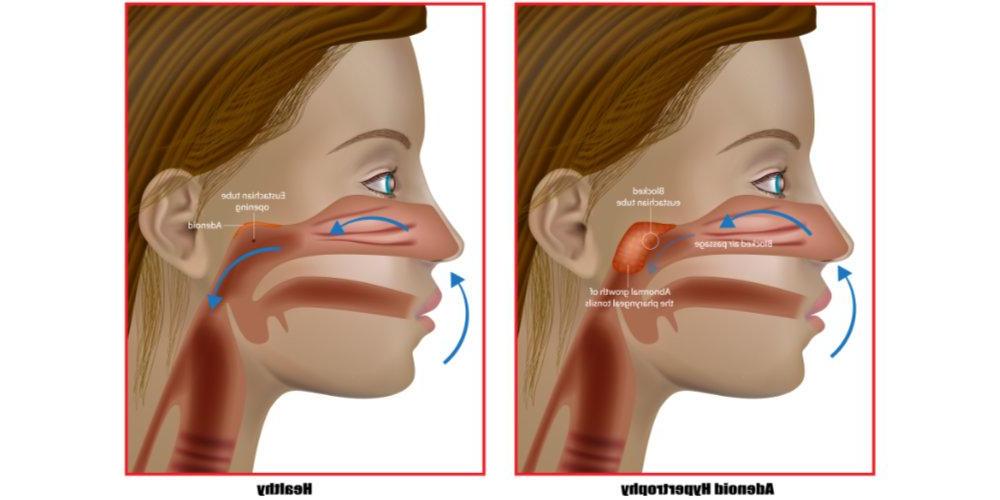Sleep Apnea & Children
The Basics of Obstructive Sleep Apnea
Obstructive Sleep Apnea or OSA is not just in found in adults. Children can also have OSA. Obstructive sleep apnea is when the airway partially or completely closes during sleep.

When air, full of oxygen, is blocked from flowing into the lungs, the oxygen cannot be passed into the blood for use all around the body. Carbon dioxide levels begin to increase while the oxygen in blood begins to decrease.
The brain reacts to the lower levels of oxygen in the blood and alerts the heart to start pumping faster to get more blood delivered. The reaction is only 3-5 seconds in length, but is enough time to interrupt sleep.
For children, when this cycle occurs over and over, night after night, a variety of problems may develop that can impact their daily lives. Unlike adults, sleeplessness in children can lead to behavioral problems, hyperactivity, memory problems and difficulty paying attention or concentrating which can create numerous issues for children attending school and at home with caregivers.
While the cause of obstructive sleep apnea in adults is commonly due to being overweight, many children often have OSA due to enlarged tonsils or adenoids. If enlarged, tonsils can act as an obstruction for airflow in the throat to the lungs. In the diagram below, hypertrophy is a medical term for enlarged. Note how on the left the larger tonsil appears to be blocking the air flowing compared to the illustration on the right. Other causes of obstructive sleep apnea in children can be obesity, neuromuscular diseases or physiological abnormalities, however enlarged tonsils or adenoids are a familiar cause.